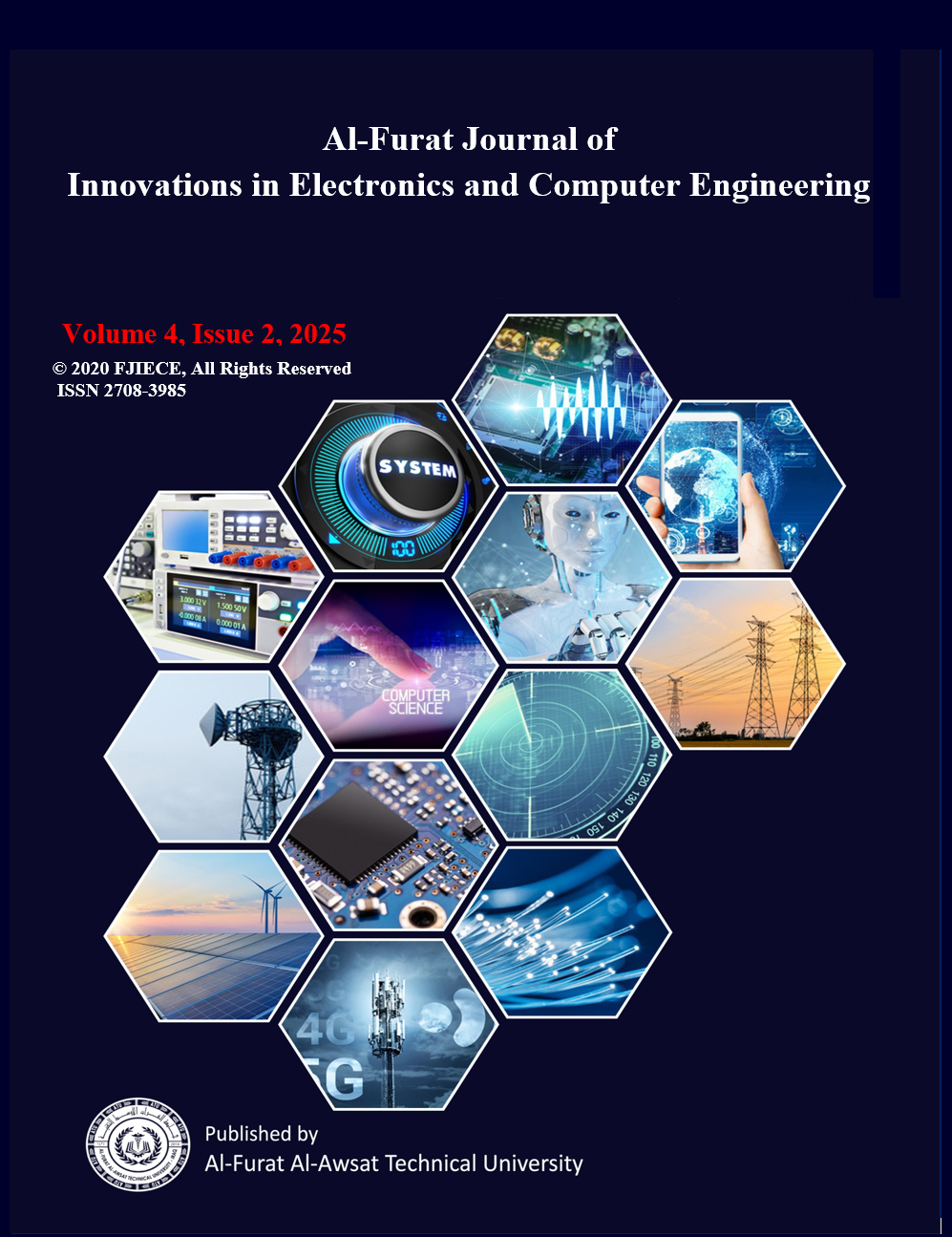Classifying ECG Signals with an Effective Machine Learning Method
Keywords:
classification; Machine learning; Arrhythmia detection; Deep learning; Signal processing.Abstract
The goal is to compare deep learning and classical methods for automated ECG beat classification in a rigorous inter-patient evaluation. Band-pass filtering, baseline correction, Kalman denoising, and QRS detection using the Pan-Tompkins algorithm were applied to 48 half-hour, two-lead recordings from 47 subjects from the MIT-BIH Arrhythmia Database. Discrete wavelet transforms features fed a tree-based baseline (random forest, RF) following R-peak segmentation were compared to a convolutional neural network (CNN). Per-class precision/recall/F1, macro-F1, and ROC-AUC/PR-AUC with 95% bootstrap CIs were reported. In a four-class setup (atrial fibrillation, normal, other rhythms, and noise), RF obtained macro-F1 ≈ 0.70 and CNN macro-F1 ≈ 0.59. AF↔Other, Noise↔Other, and Noise↔AF were the most commonly confused terms. In inter-patient evaluation, RF serves as a competitive baseline. Comparability across studies is improved by PR-centric evaluation, standardized reporting, and clear preprocessing, especially when there is a class imbalance.





